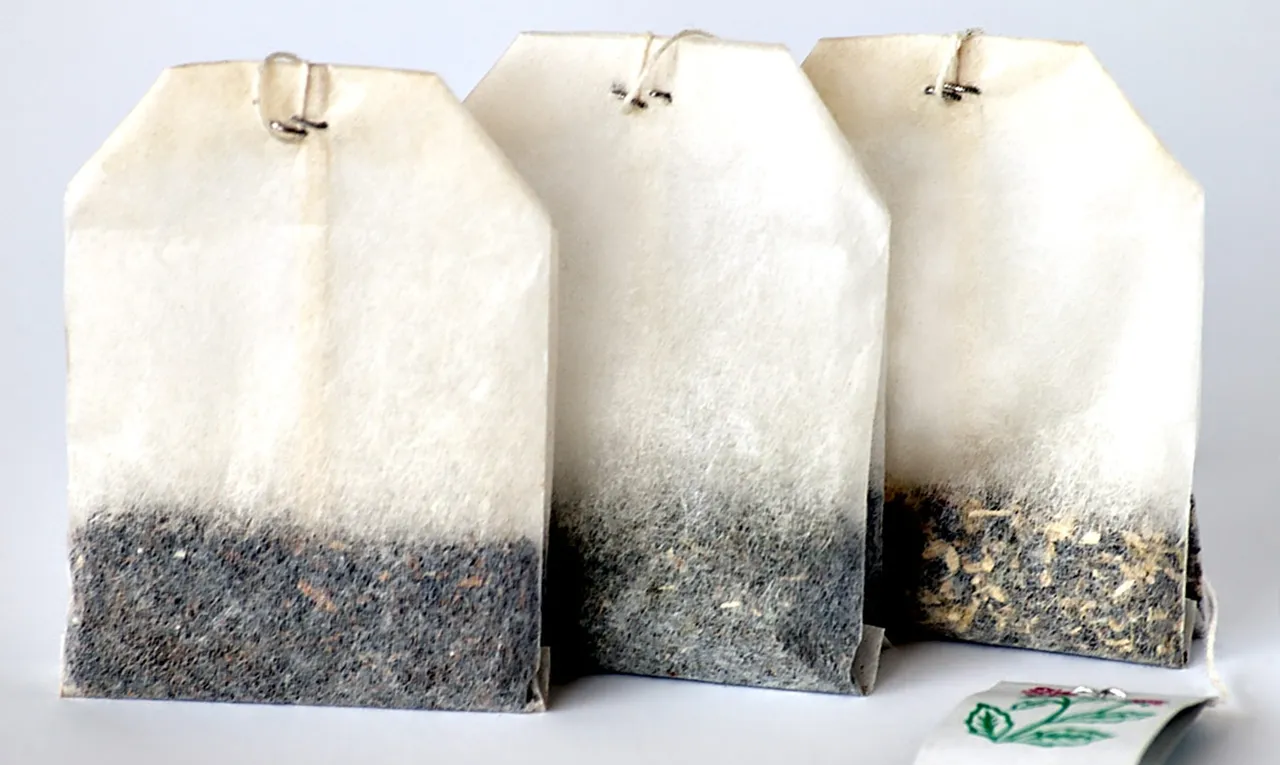
Contrary to popular belief, tea bags were not invented by the tea merchant Thomas Sullivan in 1908, as well as by chance, as can be read in many books and websites (including Wikipedia, to this day). ). Seven years, in 1901, two Wisconsin women, Roberta C. Lawson and Mary Molare , had already filed a patent for an invention very similar to modern tea bags.
Two women after a revolutionary invention
These women had identified a problem in the form of tea making that had been used since this drink was discovered, whose first documented reference dates back to 1600 BC According to Lawson and Molare, the traditional method of tea preparation involved the use of a large amount of leaves for a single cup. In addition, the leaves of the tea, if they were not prepared shortly after being collected, did not offer such a satisfactory result, and after a period of time they were not consumed they had to be thrown away. According to them, all this caused the useless creation of a large amount of waste and expenses.
Lawson and Molare invented a woven cotton bag of open mesh , folded on itself and stitched along its side edges, forming a bag with a flap at its open end, with the flap at the top end folded down over the top end. Next, they explain that they introduced a small portion of tea into the closed mesh cotton bag that was placed in a boiled cup to produce a single cup of fresh tea for immediate use.
About two years after these two women filed their patent, it was granted, specifically on March 24, 1903 . However, they apparently did not succeed in bringing this to market, at least on a widespread scale.
Thomas Sullivan and his "casual" invention
This brings us to Thomas Sullivan , an importer of tea and coffee from New York, who, incidentally, accidentally invented the tea bags in 1908. The story goes that Sullivan began sending silk sachets containing samples of the various forms of tea. tea that he marketed to his clients as a way to encourage sales.
The accidental part is that some of those people who received the samples decided to use them directly to make the tea infusion , instead of opening the bags to do it as they had done all their lives. As it happened with the invention of Lawson and Molaren, this allowed to make a single cup of tea, instead of a whole saucepan, and made the tea much more comfortable and clean, since it generated less waste and only you had to clean the teacup, saving a lot of time cleaning pots and colanders as well.
The small marketing campaign worked and Sullivan started raining orders , especially from customers who had used the bags as infusers, which complained when Sullivan sent their orders as he always had.
However, silk bags were not ideal for soaking tea from normal loose leaves, because the fabric is too thin and expensive for a single portion, so he replaced the silk of the original bags with gauze and similar fabrics, which supported better the pinches of the broken tea stems and the remains of powdered tea. Sullivan thus began the commercialization of his small innovation and the tea bag would have been way, to become a staple of homes.
The funny thing is that there is little evidence that can prove this popular story, as we have told you. In any case, we do know that the first tea bags that were marketed in the first days were not, in general, as good as those originally designed by Roberta Lawson and María Molaren, except for the later addition of a rope to remove the bags of the cup.